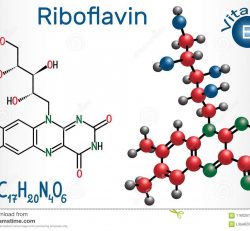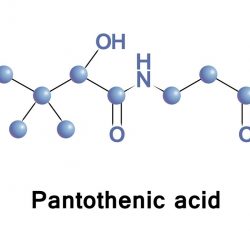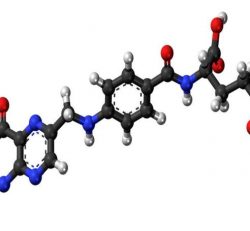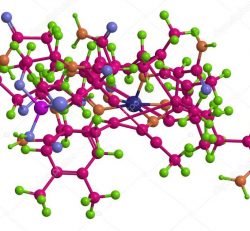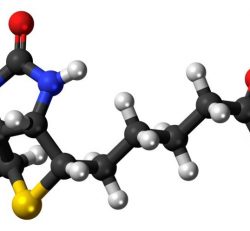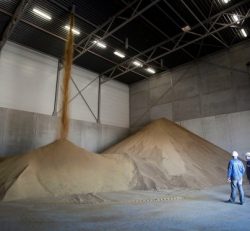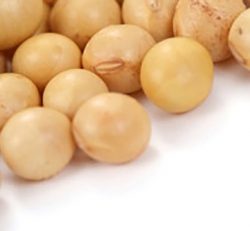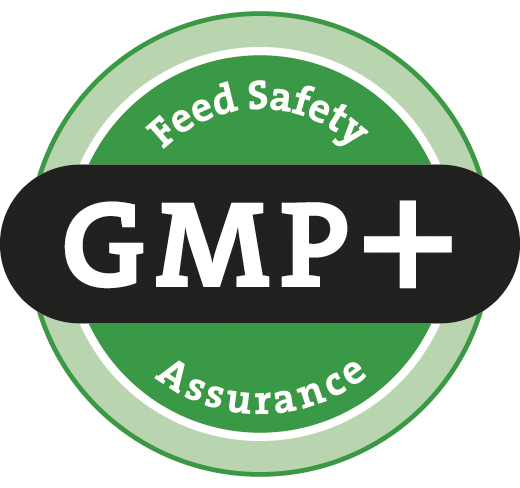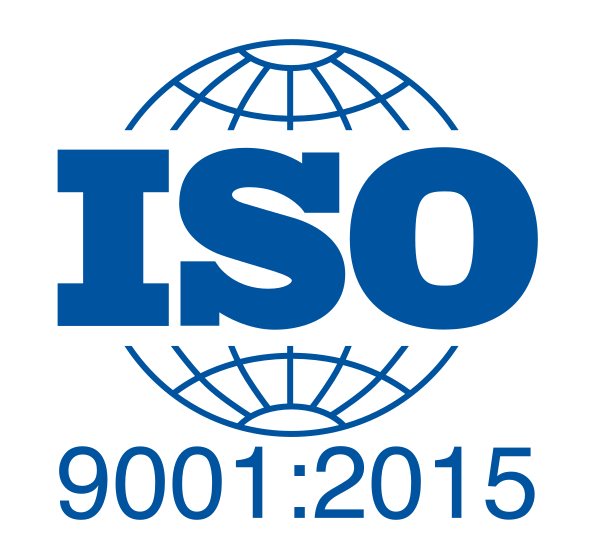ART AND SCIENCE JOIN FORCES TO LAUNCH NEW POULTRY PROJECT
Scientists and artists are coming together in a unique initiative to launch a new poultry research project, breeding facility and arts installation in the Horn of Africa.
The new facility is bringing together art and science in a bid to develop disease-resistant, climate-resilient chickens to improve nutrition and boost income for farmers in East Africa.
It involves geneticist Dr Olivier Hanotte, from the University of Nottingham’s School of Live Science in the UK working with Belgian artist Koen Vanmechelen on Incubated Worlds, an advanced facility based at Addis Ababa, Ethiopia.
Mr Vanmechelen has created over the past 2 decades 20 generations of chickens that combine traits from breeds around the world, including several from across Europe and the Americas, in addition to indigenous chickens from China, Egypt, Senegal, Indonesia and Cuba.
Partners of the project
The Incubated Worlds initiative has emerged from the Bill and Melinda Gates Foundation-funded African Chicken Genetic Gains (ACGG) project, which is tapping the rich diversity found in poultry to provide more opportunities for rural poultry producers – many of whom are women – earn a decent living and raise healthy, well-nourished families.
Partners include the Ethiopian Institute of Agricultural Research (EIAR) and theInternational Livestock Research Institute (ILRI), where Dr Hanotte is currently working on secondment.

The crossbreeding approach enriches the diversity of the local flock, strengthening resilience and local food systems. It seeks to broaden, replenish and conserve the genetic base of Ethiopian birds. Photo: Koos Groenewold
Crossbreeding approach
Dr Hanotte and fellow livestock geneticists Dr Tadelle Dessier at ILRI have worked with EIAR to import and hatch several of Vanmechelen’s Cosmopolitan chickens, which will be crossed with indigenous breeds of chickens preferred by Ethiopian farmers to create the Ethiopian African Planetary Community Chicken.
The crossbreeding approach enriches the diversity of the local flock, strengthening resilience and local food systems. It seeks to broaden, replenish and conserve the genetic base of Ethiopian birds.
Dr Hanotte said: “Every generation of the artist’s chickens seems to be healthier than the last, but they haven’t been selected for productivity. Our challenge now is to incorporate this diversity in a chicken for Ethiopians that is also very productive.”
Dr Dessier added: “What we ultimately want through Incubated Worlds are chickens that have the genetic diversity they need to both survive devastating poultry diseases and to adapt to a changing climate while still producing a lot of food for farmers.”
The art installation component includes photographs, videos and books that provide insights into the complex genetics of both Vanmechelen’s many generations of poultry and an indigenous Ethiopian village chicken.
Improving nutrition in Ethiopia
The genomes have been sequences by scientists to study their genetic traits and the art installation will give the public a greater appreciation of the importance of genetic diversity to the economy and well-being of the country.
Mr Vanmechelen said: “This is going to be the most intriguing poultry facility in the world. I see it as a place where people can immediately understand that this very global farm animal – one found in almost every country in the world and acceptable as food in every religion – is the product of many, many local communities. And if we don’t maintain and value this cosmopolitan heritage, then we could lose it.”
With research demonstrating that just one egg a day can prevent stunting and enhance brain development of young chickens, the facility is a great opportunity to improve nutrition in Ethiopia.
Incubated Worlds
Part of the world at Incubated Worlds will involve bringing in farmer associations to study more efficient breeding practices and to learn about the latest improvements in feeding and raising birds to enable them to develop and grow viable poultry businesses.
Jimmy Smith, ILRI’s director general, said: “Of all livestock, poultry production can be scales up to meet household nutritional needs far more affordably and sustainably than other types of farm animals.
“We want our poultry work in Ethiopia to serve as a model for how livestock can be a source of economic growth and prosperity and a way to improve household incomes and nutrition that can be particularly beneficial for women farmers, who typically invest their earnings from poultry in feeding their families and educating their children.”
Dr Hanotte’s work is part of the Future Food Beacon of Excellence at Nottingham University, which is aiming to pioneer world-leading research to address the challenge of feeding a growing population in a changing world.
Source: Tony McDougal
(www.poultryworld.net)



